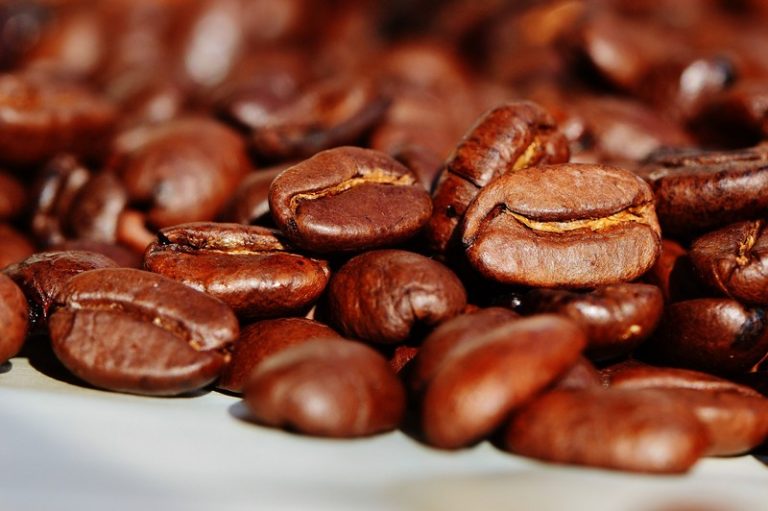
What’s The Best Coffee From Latin America?
15 July, 2020Coffee.
It’s a passion for many while for others, it’s a means of generating precious income. When it comes to Latin America, coffee is in the blood, regardless of where you are on the continent, you can depend on sipping on a decent cup of java.
Nonetheless, if you’re a coffee aficionado, you already know that a simple, instant coffee is no match on a freshly brewed cup of joe in which the beans have recently been roasted.
So what are the most interesting regions when it comes to coffee beans coming out of South America?
Nariño
Colombian coffee is famous all across the world, and there’s a good reason for it as the country is the third-largest producer of the stuff!
When it comes to deciding which beans to try, Colombia comes out right near the top! According to Sipcoffeehouse the best espresso beans originate from Colombia. More specifically, from the mountains of Nariño where smaller producers still own the majority of landholdings.
The hills bordering the pacific coast offer excellent conditions to grow Arabica coffee beans, where the soil and weather combine to produce beans which are exported, ground and brewed in nearly every country in the world.
The deep valleys and skyscraper mountain tops mean that the coffee harvest is mostly year-round, with beans ready for picking at different times depending on elevation.
Prized for lighter roast coffee with deeper flavors, coffee from Colombia stretches far beyond just the Tinto often drunk in plastic cups on the streets (although that is also a cheerful on the go brew!).
Have you given beans from Narino a shot yet?
Minas Gerais
Brazilian beans are known for their fuller body and nuttiness but with balanced acidity and flavor.
Even more so than Colombia, you don’t need to be a coffee lover to have tried Brazillian java. The country exports more coffee beans than any other nation on earth.
The country features broadly on what’s known as ‘the coffee belt’ and as a result, has rich pickings when it comes to growing and exporting some of the most prized arabica beans.
Nonetheless, while coffee plantations are a dime a dozen across the country one region, Minas Gerias located in the south-east of the country is prized as growing some of the most premium beans.
Delving deeper, Canaan Estate is an established but smaller than average family-run farm which has been operating for 70 years in the Minas Gerias region. If you visit the region, be sure to check this farm out and if you have time the Rota de Café Especial coffee trail!
Chanchamayo
Peru isn’t one of the immediate countries you might think of when considering which beans to try from the region.
While it isn’t one of the largest producers of coffee beans, it is home to thousands of smaller farms which are only a couple of acres in size, especially when you’re talking about Chanchamayo coffee beans from one of the most remote regions in the country.
Beans from the area are famous for fruity sweetness coupled with a chocolate undertone for a complex flavor profile. Grown at a higher than average altitude, they are shade-grown making the beans dense, flavorful and overall great for any brew you want to make!
Bolivian Andes
Bolivia is indeed less famous than the other countries on this list, but it’s still worth a mention, especially if you like medium-bodied light roasts.
Similar to Brazil, most of the coffee grown here is arabica. However, the Andes region is known for its very humid conditions, making drying coffee beans challenging.
The farmers here have invented a smart way of battling the problem by using tarps which lay flat with beans placed on top exposed to the sun. While this does take a more extended period of time, the quality of the coffees coming out of the region is something to keep your eye out for. There have been significant improvements in quality and its expected to continue as the farms grow in size.
Summary
There are enough choices in South America when it comes to your favorite brew. Which one depends on you, try them and see which ones you enjoy!
Follow Sounds and Colours: Facebook / Twitter / Instagram / Mixcloud / Soundcloud / Bandcamp
Subscribe to the Sounds and Colours Newsletter for regular updates, news and competitions bringing the best of Latin American culture direct to your Inbox.

